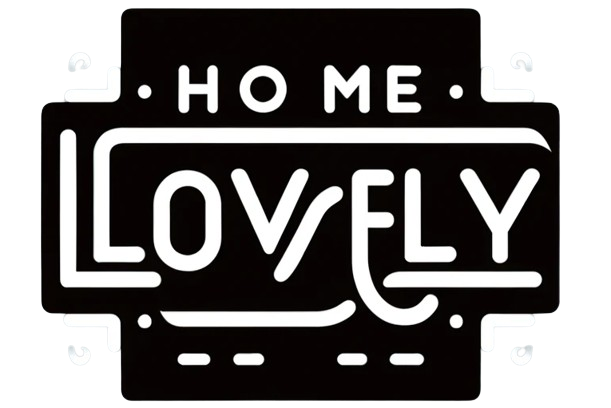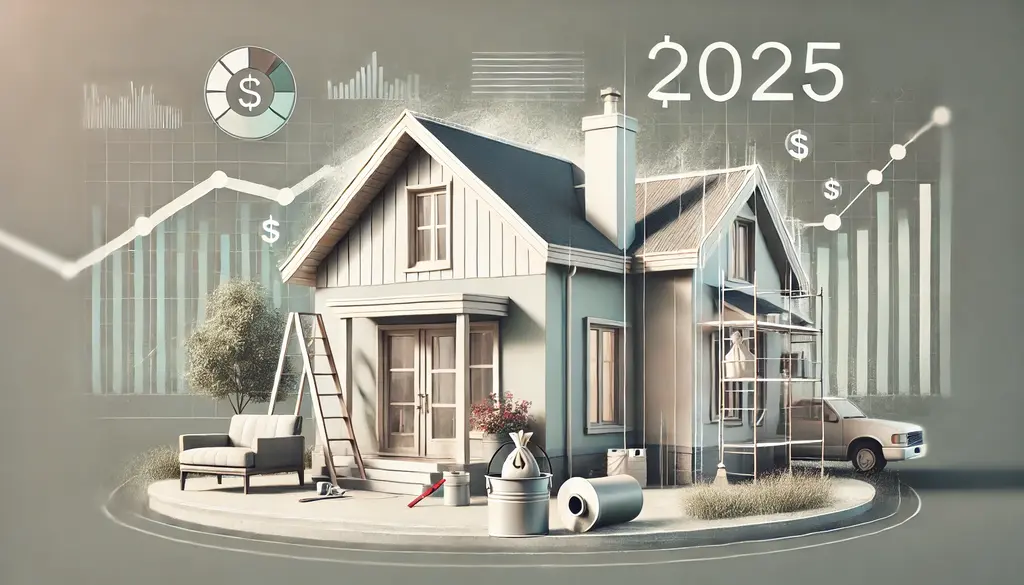Before you start any home renovation, you must know the cost. In 2025, renovation prices are still high. Even a simple project becomes expensive. Knowing the average costs for common projects is a good way to start your budget.
Lets discuss why the cost rises and how to finance a home renovation in 2025!
Understanding Home Renovation Costs in 2025
In 2025, the average cost to renovate a home is between $15 and $150 per square foot. The price depends on the project’s size and quality of materials.
Several factors are making renovations more expensive this year. Inflation has raised the cost of raw materials. This includes things like lumber, steel, and concrete. Supply chains have gotten better since the pandemic. But they are still not perfect. This can cause delays. It can also cause unexpected costs for certain materials. There is also a lack of skilled workers. This means contractors and laborers can charge more for their services. Finally, more people are choosing eco-friendly materials. These higher-quality products also add to the total cost.
Before you look for financing, you must make a realistic budget. Without a budget, you have no plan. A good budget helps you understand the real cost of your project. It also forces you to plan for surprise problems. These could be things like finding hidden mold or old wiring. By creating a detailed budget, you can find the right financing. It will fit your needs and won’t leave you with a surprise bill.
Best Ways to Finance a Home Renovation in 2025
A good renovation needs good financing. In 2025, you have many ways to pay for your home improvements. The best choice depends on your project and your financial state.
Home Equity Line of Credit (HELOC)
A HELOC is like a credit card. But it is tied to your home’s equity. Instead of getting a single lump sum, you get a line of credit. You can borrow money from this credit line when you need it. This is good for projects that will take place in stages.
For example, you could use a HELOC for a multi-stage renovation. You might finish your basement first. Then you might do the landscaping next year. You only pay interest on the money you have actually borrowed. You do not pay interest on the full amount of the credit line. This can save you a lot of money in interest costs.
A HELOC has an adjustable interest rate. This rate can go up or down over time depending on market conditions. It gives a chance for lower rates. But there is also a risk that your payments could rise.
Like a Home Equity Loan, a HELOC is secured by your home. This means your house is at risk if you fail to make payments. You should only use a HELOC if you are good at managing your spending. You must also feel sure you can pay back the loan.
Cash-Out Refinance
A cash-out refinance is another popular way to pay for a renovation. It means you get a new mortgage. This new mortgage is bigger than your old one. You use the new mortgage to pay off the old one. Then, you get the extra money as a single lump sum of cash.
This is the best choice if interest rates in 2025 are lower than your current mortgage rate. You can get a lower rate and get cash for your project at the same time. It works best for people who have a lot of equity in their homes. Lenders usually let you borrow up to 80% of your home’s value.
A cash-out refinance gives you a low, fixed interest rate. However, you will have to pay closing costs. These are the same as with your first mortgage and can be high. They are often 2-5% of the loan amount. You must decide if a lower interest rate is worth the extra costs.
It is best for people who want to combine their debt and want cash for a renovation at the same time.
Personal Loans
It is an unsecured loan. This means your home is not used as collateral. The bank gives you a loan based on your credit history and income. It is not based on your home’s value. This is a big plus. It means your home is not at risk.
Personal loans often have a fixed interest rate. They also have a fast approval process. You can get the money much quicker than with a loan secured by your home. They are best for smaller projects which cost between $5,000 and $50,000. For example, a personal loan would be great for updating one bathroom or changing windows.
Personal loans usually have higher interest rates. They are higher than home equity loans or cash-out refinances. The lender takes on more risk. This is because the loan is not secured by your home. You also need a strong credit score in 2025 to get a good rate. A strong credit history shows lenders you are a trustworthy borrower.
Credit Cards & Buy Now, Pay Later (BNPL)
A credit card can work for very small upgrades or emergency fixes. Many cards offer a 0% APR introductory period. If you pay off the balance before this period ends, you pay no interest. This makes credit cards a smart option for quick projects. But interest rates are very high after the introductory period. If you cannot pay quickly, you may end up with heavy debt.
“Buy Now, Pay Later” (BNPL) services are also popular for renovations. Services like Affirm and Klarna let you pay in a few interest-free installments. BNPL works best for small, one-time purchases. These could be new flooring or a single appliance. Both credit cards and BNPL are short-term solutions. They are not good for large, long-term projects.
Government and Green Financing Programs
Many government programs help with energy-efficient upgrades. Federal and state governments offer incentives for eco-friendly renovations. In 2025, you can claim a federal tax credit. The credit covers up to 30% of the cost. It applies to solar panels, energy-efficient windows, or new HVAC systems. These credits can save you thousands of dollars.
There are also special loans. FHA 203(k) loans let you buy or refinance a home. You can also include renovation costs in the same loan. Fannie Mae HomeStyle loans work in a similar way. They allow you to finance upgrades with a purchase or refinance. These loans are useful for big projects that increase home value.
Some states and local utilities also offer grants and rebates. These are designed for specific green upgrades. To find options, you can check your state’s Department of Energy.
FAQs About Financing a Home Renovation in 2025
How much does a home renovation cost in 2025?
Renovation prices in 2025 vary a lot. The average cost is $15 to $150 per square foot. A full kitchen remodel is usually $14,500 to $40,500. A bathroom renovation costs $6,500 to $28,000. Even small updates can be expensive..
Why are renovation costs so high in 2025?
Renovations are expensive this year. Inflation has raised the price of materials. Lumber and concrete now cost more. Skilled workers are also hard to find. This makes labor more costly. Many people prefer eco-friendly materials. These products are usually more expensive. Supply chains are still not perfect. Delays and extra charges are common.
Why is budgeting important before starting a renovation?
A budget protects you from overspending. It shows the real cost of your project. It prepares you for surprises like hidden mold or old wiring. It helps you choose the right financing. Without a budget, it is easy to lose track. This can leave you with a much bigger bill.
What is a HELOC, and when should I use it?
A Home Equity Line of Credit (HELOC) is a flexible loan. It works like a credit card. It is based on the value of your home. You borrow only what you need. You borrow only when you need it. This makes it useful for projects done in stages. The interest rate can go up or down. If that happens, your monthly payment may change.
What financing options are available in 2025?
Homeowners have several choices. You can use a HELOC. You can try a cash-out refinance. You can also take a personal loan. For smaller updates, you can use credit cards. You can also try “Buy Now, Pay Later” plans. Eco-friendly projects qualify for government programs. Tax credits and rebates can help lower costs. The best choice depends on your project and budget.


